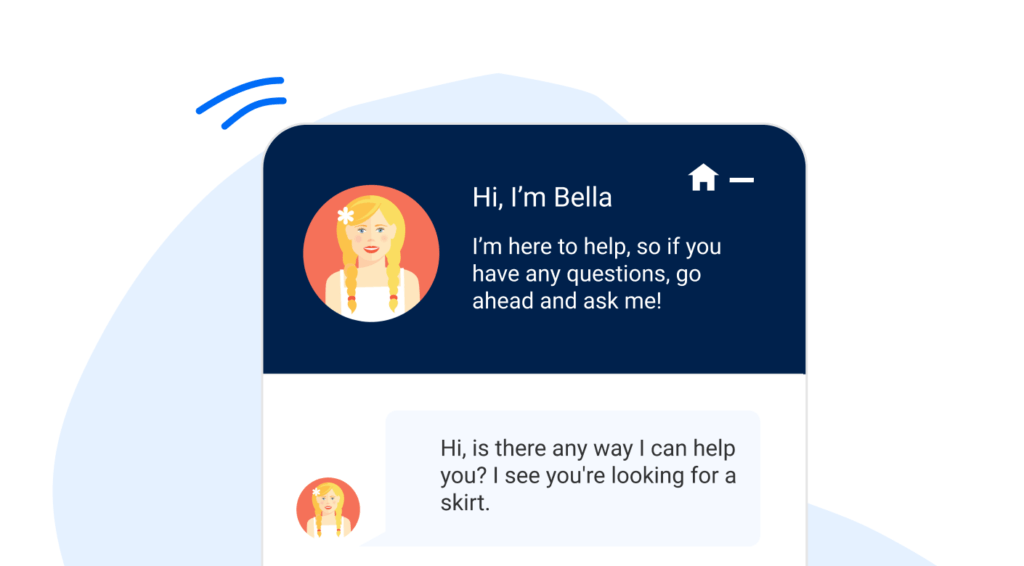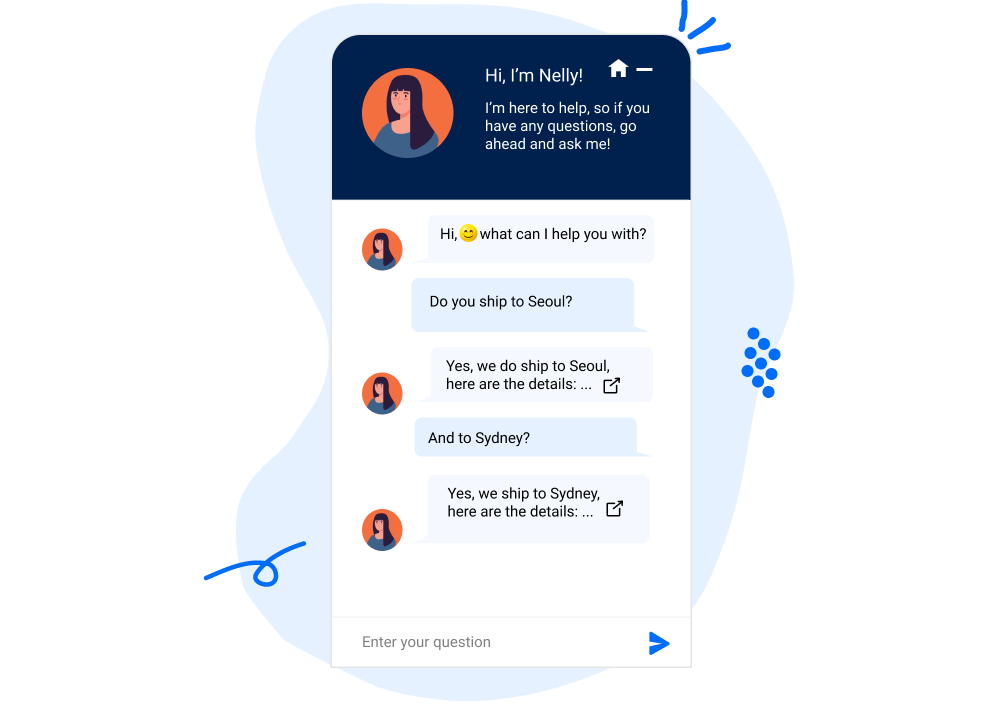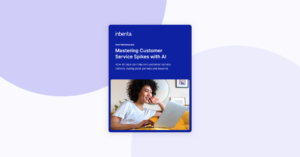By now, we’ve learned well that chatbots wield the power to radically bridge businesses and consumers through scalable conversations.
Instead of the one-way efforts of traditional marketing, the limited bandwidth and knowledge of a salesperson, and the time-consuming process of standing in for your purchase to be processed by a cashier, chatbots mold all of these steps onto one platform, in one conversation.
Chatbot design for websites and apps
The difference is just as stark when compared to the norms of digital shopping. A user browses for items that meet their requirements, checks reviews from around the internet, sends inquiries to customer support via email — the experience, though limited to the web, still takes a user on a journey that is largely unconfined.
While chatbots have the power to streamline the customer journey, your user’s attention is confined to a chat window, meaning there’s a lot more pressure to succeed. Essentially, you must remember that the chatbot experience is, ultimately, a redefinition of the shopping experience.
Beyond designing buttons and color palettes, UX encompasses the parameters of user flow and conversion. It is critical to employ thoughtful user experience design to ensure that your customer is getting the most out of your bot and that your bot is producing the results you want for your business.
Let’s explore a few key elements of chatbot UX.
Chatbot UX best practices
1. Chatbot avatar
Frequently, before a user has the chance to initiate your chatbot, they’ve likely already seen what it “looks” like. People on average respond better to human faces; however, people also tend to associate negative feelings with humanoid robots.

If you don’t already have one, invest in creating an avatar for your bot that reflects both your brand and user expectations, putting together a friendly and trustworthy face in front of your users. Inbenta offers an avatar catalog to help businesses explore potential options for what your character could look like.
2. Good conversational design
This is the most essential part of any chatbot that intends to be useful. A bot that can’t hold a conversation is just lines of code taking up space in a web server. Here, it’s helpful to remember who your users are, and what kind of etiquette they require from a chatbot in order to initiate a dialog or respond to a prompt.
A conversation isn’t just chit-chat, it’s the facilitator between a user and what they want to achieve. It smooths transitions between interactions and increases user confidence.
3. Context & understanding
Beyond the welcome chit-chat, what does your bot actually do? Can it process complex queries? Does it operate on keywords? Does it store in its memory different variables obtained from the conversation? Or does your bot forget what a user says after each input?
Just like in real-world dialogs, chatbots should be prepared to change or revisit any topic that suits the user’s needs. The Inbenta Chatbot employs context awareness, a key feature that allows a bot to recognize and temporarily store significant variables in a conversation. Example:

The conversation should be driven by user needs. Why do people visit your site? What is the intended conversion? What types of content and responses should you have prepared? What questions should your bot be asking? What information should it be storing? Try leveraging user personas to direct the flow of conversation around their needs.
4. Functionalities
The conversation is what embeds a chatbot into a user flow, but functions — such as the ability to purchase things — are what makes it a buyer flow.
Your chatbot needs to accomplish the same tasks as in-store employees: answer questions, process answers, locate items, complete transactions, et cetera. Utility, provided by webhooks, transactional capabilities, and third-party integrations, makes a chatbot a useful, usable piece of technology to consumers. When stripped of its purpose and practicality, a chatbot is nothing more than a gimmick.
Some useful functions to include in your chatbot:
- Resetting passwords
- Purchases
- Returns
- Checking item availability
- Tracking order status
- Changing delivery address
- Checking in-store availability, et cetera.
5. Escalation capabilities
Today, even state-of-the-art AI has its drawbacks. We’re not yet at a point where chatbots can understand customers to the fullest extent in every circumstance. To prepare for those situations, it’s often helpful to hand the baton to a live agent who can take over a conversation exactly where the bot left off.
Upon escalation, the Inbenta chatbot delivers conversation history and context to the live agent taking over the chat, establishing a seamless replacement without the need for repetitive information from the user.
Remember: anyone can put together a functioning chatbot, but if people aren’t using it, then it isn’t working. And the best way to ensure that customers use your bot is to offer a good experience.
Project best practices
For more general guidelines focused on how to lead and build a performing chatbot, go check out our blog post: Chatbot Best Practices: 8 Tips & Tricks you Can Benefit from Today.











